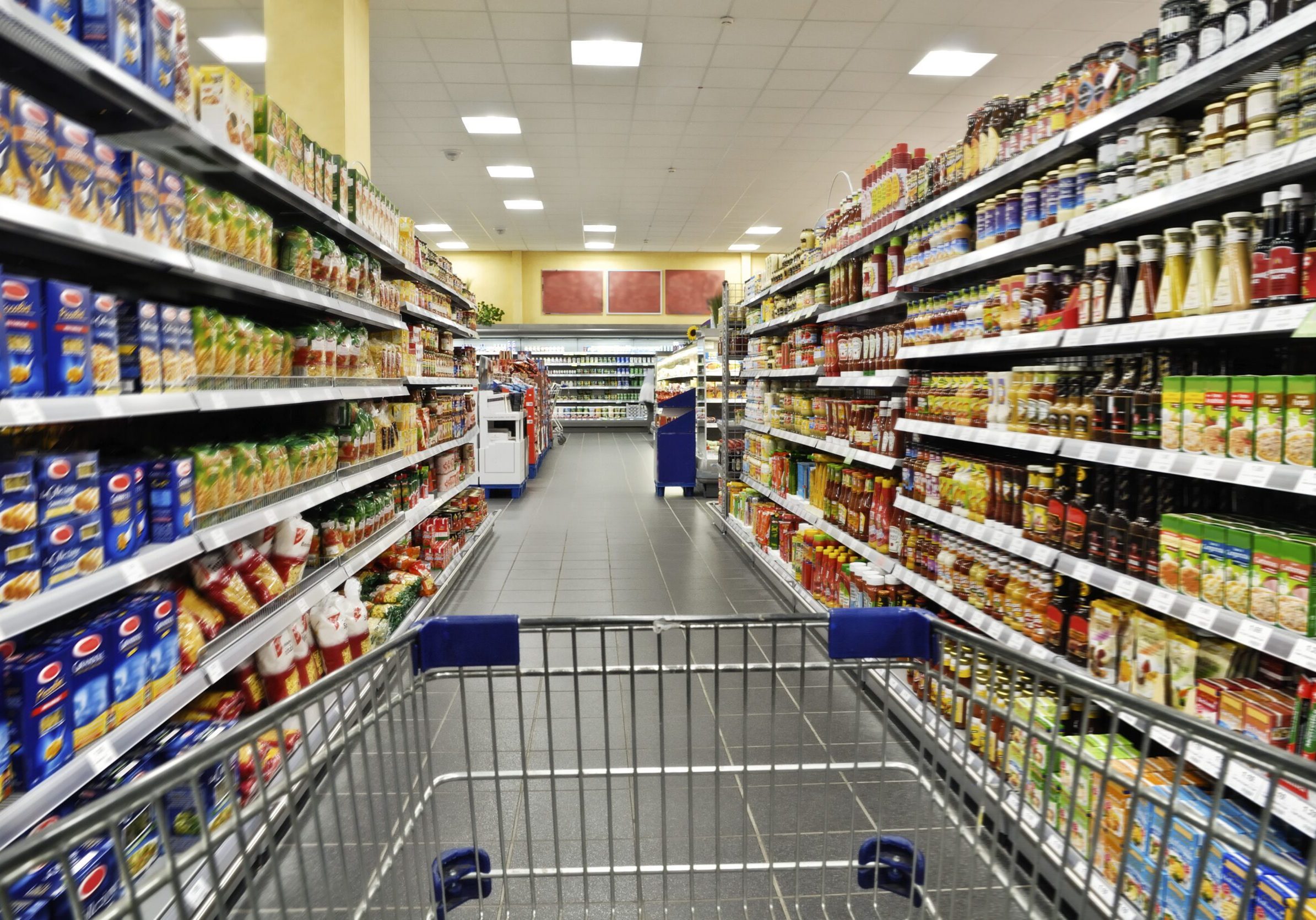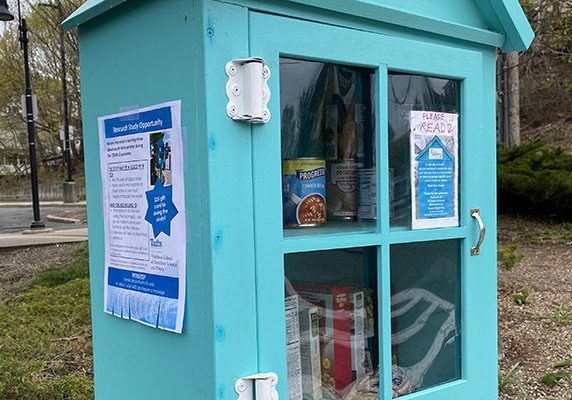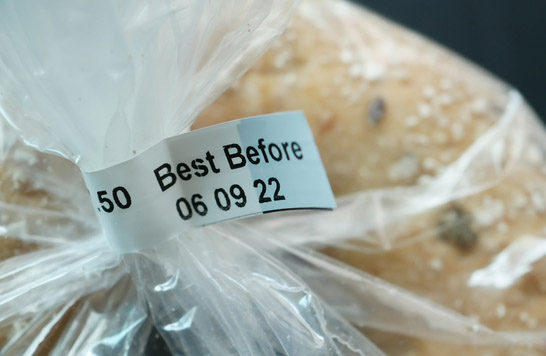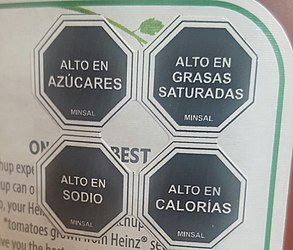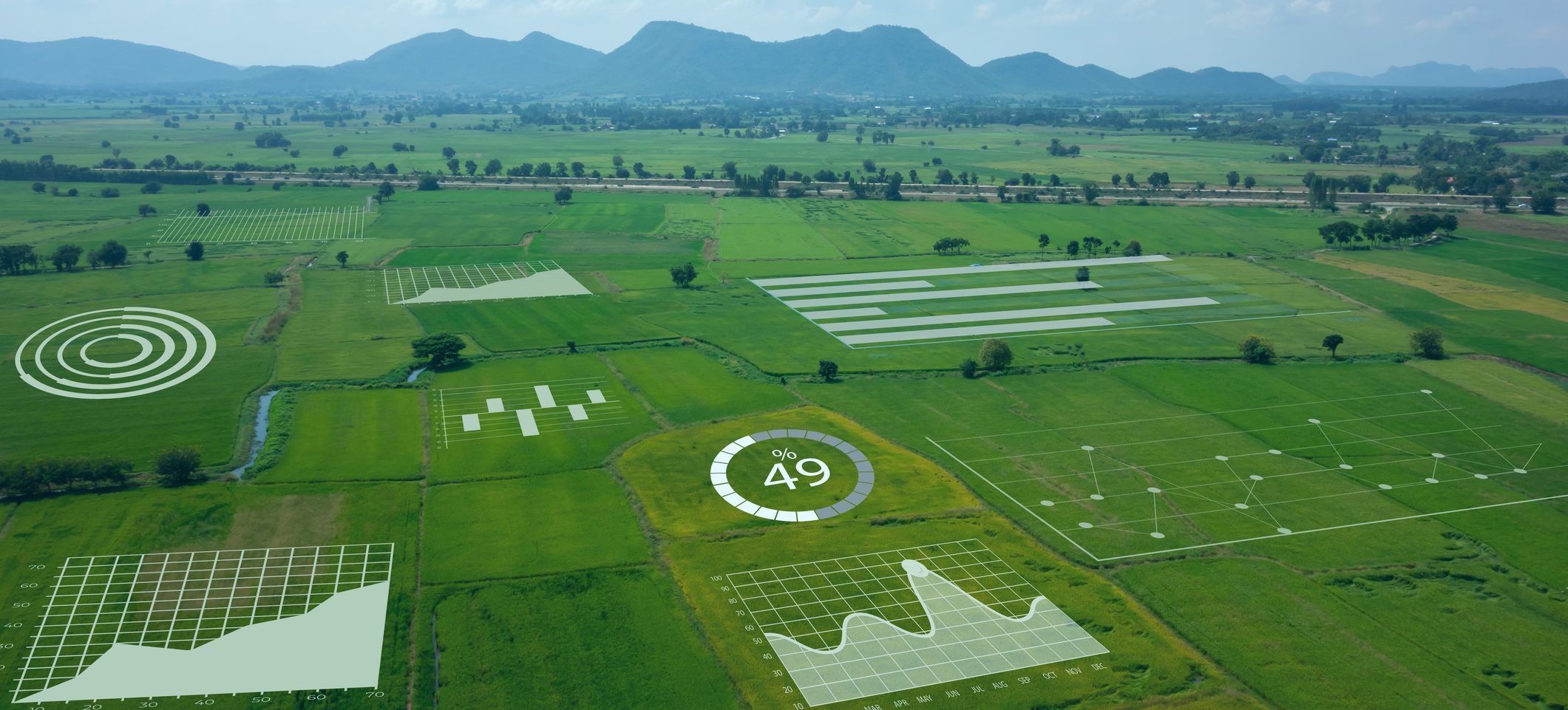Animating Questions
- How can exploring social safety net and farm to institution economics lead to improved public health outcomes, particularly for marginalized populations?
- Where are gaps in public health policy and practice?
- How do people experiencing food insecurity cope with those challenges and navigate food systems and social programs?
- How can we invest differently to effectively address food insecurity?
- How can the actual food buying/using/disposal behaviors of consumers inform policy decisions?
Projects
Peer Reviewed Research Papers
Net worth poverty and food insecurity
Lisa A. Kiester, Christina M. Gibson-Davis, Lisa Gennetian, Noah Gibson. Net worth poverty and food insecurity. American Journal of Agricultural Economics. 2025:1-25. DOI: 10.1111/ajae.12537
Read MoreFood waste, date labels, and risk preferences: An experimental exploration
Norbert Lance Weston Wilson, Ruiqing Miao. Food waste, date labels, and risk preferences: An experimental exploration. Applied Economic Perspectives and Policy. 2025;1-29. https://doi.org/10.1002/aepp.13507
Read MoreFront-of-pack labels and young consumers: An experimental investigation of nutrition and sustainability claims in Chile
Gabriela Fretes, Norbert L.W. Wilson, Camila Corvalan, Christina D. Economos, Sean Cash. Front-of-pack labels and young consumers: An experimental investigation of nutrition and sustainability claims in Chile. Food Quality and Preference Volume 127, June 2025, 105432. https://doi.org/10.1016/j.foodqual.2025.105432
Read MoreVariations on the Thrift Food Plan: Model diets that satisfy cost and nutrition constraints
Yiwen Zhao, Linlin Fan, Norbert L.W. Wilson, Angelica Valdes Valderrama, Parke Wilde. Variations on the Thrift Food Plan: Model diets that satisfy cost and nutrition constraints. Food Policy 130 (2025) 102781
Read MoreWhither convergence? Co-designing convergent research and wrestling with its emergent tensions
Ashton, W. S., A. Sungu, L. Davis, V. Agarwalla, M. Burke, E. Duhart Benavides, S. Espat, K. Harper, A. Knight, N. Labruto, M. Shea, S. Verba, and N. L. W. Wilson. 2024. Whither convergence? Co-designing convergent research and wrestling with its emergent tensions. Ecology and Society 29(4):26. [online] URL: https://www.ecologyandsociety.org/vol29/iss4/art26
Read MoreHave agricultural and applied economists lost sight of the land-grant mission? A textual analysis of Presidential Addresses and Invited Papers from 1919–2022
Norbert L.W. Wilson, Natalie Hochhaus. Have agricultural and applied economists lost sight of the land-grant mission? A textual analysis of the Presidential Addresses and Invited Papers from 1919-2022. Appl Econ Perspect Policy. 2024; 1-20. https://onlinelibrary.wiley.com/doi/full/10.1002/aepp.13456
Read MoreVirtual water trade: Does bilateral tariff matter?
Rui Chen, Derick T. Adu, Wenying Li, Norbert L.W. Wilson. Virtual water trade: Does bilateral tariff matter? Ecological Economics, 222 (2024) 108216. https://doi.org/10.1016/j.ecolecon.2024.108216
Read MoreThe longitudinal association between caregivers’ perceived competence and autonomy and children’s dietary consumption before and 10 months into the COVID-19 pandemic.
Chacón, V., Chung, M., Folta, S. C., Hennessy, E., Macfarlane, H., Roberto, C. A., Tovar, A; Wilson, NLW; Economos, C. D. (2024). The longitudinal association between caregivers’ perceived competence and autonomy and children’s dietary consumption before and 10 months into the COVID-19 pandemic. Appetite, 195, 107205. https://doi.org/10.1016/j.appet.2024.107205
Read MoreThe distribution of competitive research grants from the National Institute for Food and Agriculture: A comparison of 1862 land grant universities, 1890 land grant universities, and other institutions
Wilson, Norbert; Walters, Lurleen; Wade, Tara; Reynolds, Kenesha. The distribution of competitive research grants from the National Institute for Food and Agriculture: A comparison of 1862 land grant universities, 1890 land grant universities, and other institutions. Applied Economic Perspectives and Policy, December 15, 2023; 1-19. https://doi.org/10.1002/aepp.13413
Read MoreThe creation of an online grocery store for experimental purposes: A pilot study
This paper describes the development of an online grocery store that displays actual products, brands, sizes, prices, pictures, and ingredient lists sold in current online grocery stores in the United States.
Read More



